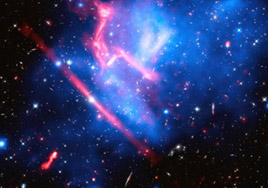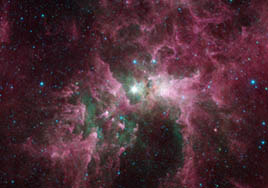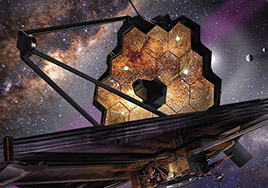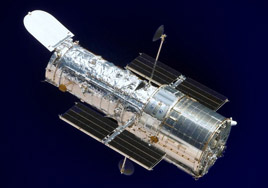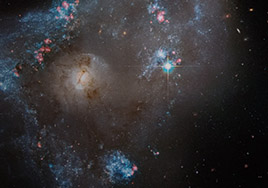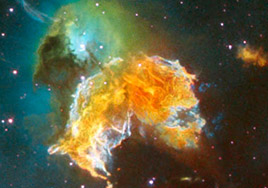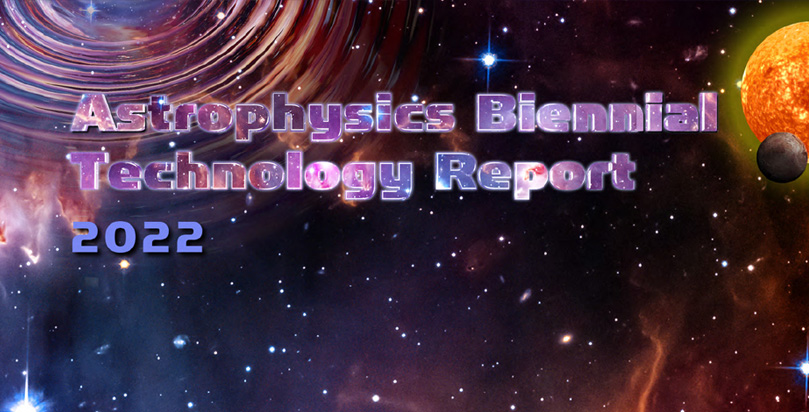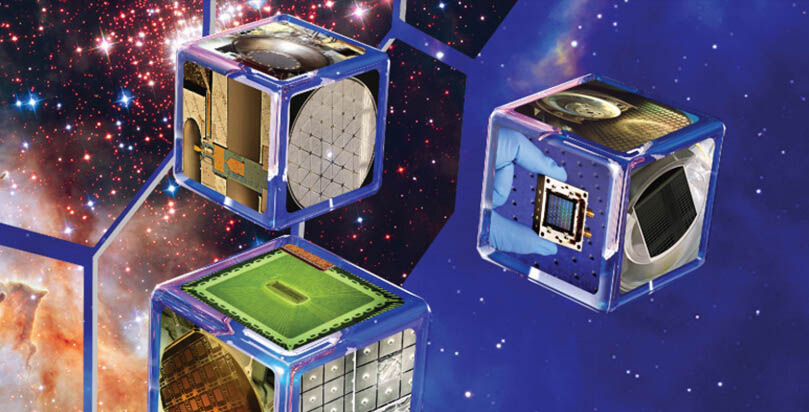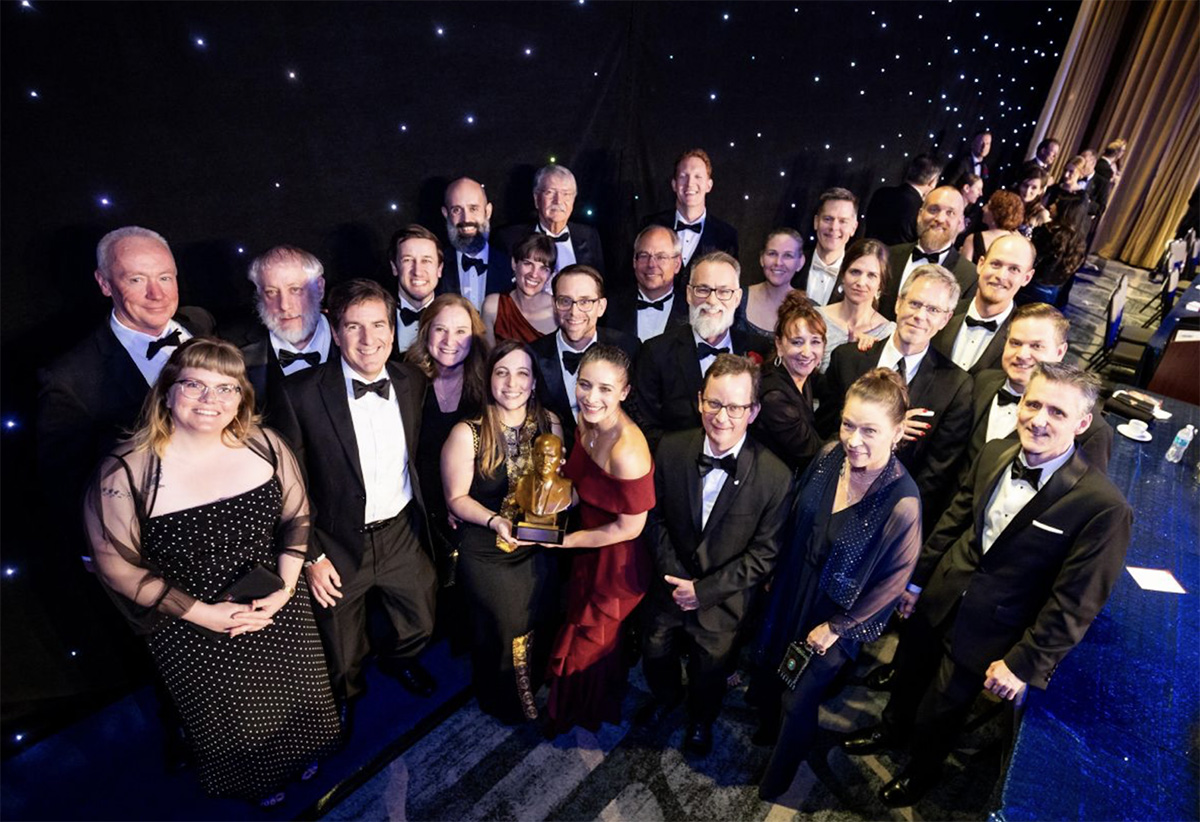
Congratulations to our code 440 Space Science and Mission Operations Project and the OSIRIS-REx Team on the award of the National Aeronautics Association Collier Trophy!
This prestigious Robert J. Collier Trophy is awarded annually “for the greatest achievement in aeronautics or astronautics in America, with respect to improving the performance, efficiency, and safety of air or space vehicles, the value of which has been thoroughly demonstrated by actual use during the preceding year.” Under the leadership of Rich Burns and Michael Moreau, the team successfully returned over a cup of material from the asteroid Bennu that will give clues to whether asteroids colliding with Earth billions of years ago brought water and other key ingredients for life here on earth. Previous honorees include the Wright Brothers and astronauts of Apollo 11 as well as our own division member, the James Webb Space Telescope team (honored just last year). Once again, congratulations to all involved for this esteemed recognition of their dedicated work.









